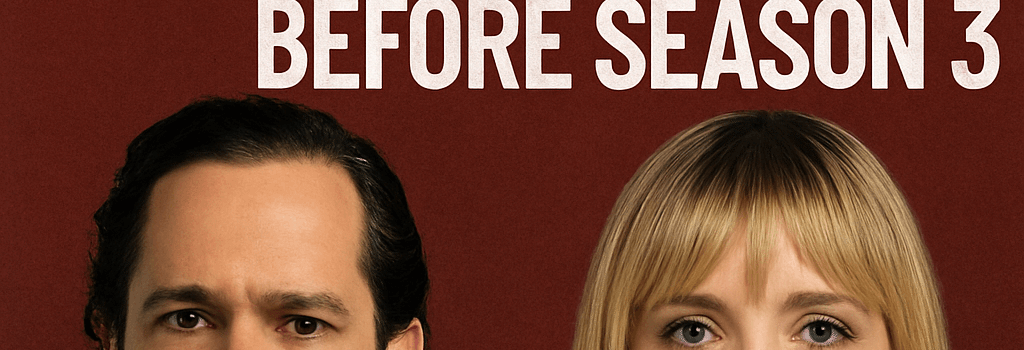Neil Druckmann and Halley Gross Leave HBO’s The Last of Us Before Season 3

Executive Producers Step Away
On July 2, 2025, co-creator and showrunner Neil Druckmann and writer-producer Halley Gross announced via Instagram that they will not return for Season 3 of HBO’s The Last of Us. Both held executive producer credits, contributed to scripting, and in Druckmann’s case, directed multiple episodes across the first two seasons.
“I’ve made the difficult decision to step away from my creative involvement in The Last of Us on HBO… now is the right time for me to transition my complete focus to Naughty Dog,” Druckmann wrote.
Technical and Creative Implications
In today’s high-stakes television adaptations, executive producers often oversee both narrative and technical pipelines. Druckmann and Gross collaborated closely with visual effects teams housed on AWS EC2 instances, storage on Amazon S3, and used Perforce for version control of scripts, storyboards, and 3D assets. Their departure raises questions about continuity in:
- Story arc adaptation from The Last of Us Part II—originally split into two seasons
- Workflow tools: Avid Media Composer integration with ShotGrid for shot tracking
- On-set virtual production technology—LED volumes using Unreal Engine for real-time backgrounds
Impact on Season 3 Production Pipeline
Season 3 pre-production is scheduled to begin Q4 2025. The new lead writers will inherit an asset library of:
- 400+ VFX shots in Autodesk Maya and Houdini
- A relational database of beat sheets, scene-by-scene, stored in PostgreSQL
- Voice performance tracks on Dolby Atmos stems
Industry insiders speculate HBO will streamline the pipeline further by adopting cloud-based editorial suites—Autodesk ShotGrid’s SaaS model—to maintain cross-continent collaboration between Toronto, Vancouver, and Los Angeles writing rooms.
Naughty Dog’s Next Chapter: Intergalactic: The Heretic Prophet
Druckmann’s move back to gaming centers on Naughty Dog’s internal engine—enhanced with real-time ray tracing, AI-driven NPC behaviors (leveraging custom TensorFlow models), and photogrammetry workflows. As Studio Head and Head of Creative, he’ll oversee multiplatform builds (PlayStation 5, PC) that require:
- Optimized memory budgets (8GB VRAM targets)
- Engine tooling: proprietary node-based shaders, in-house physics middleware
- Continuous integration pipelines using Jenkins and Docker containers for automated testing
Future of Narrative Adaptations in Streaming
Expert opinion from ScreenCraft analyst Maya Singh: “The Last of Us set a new standard for game-to-screen fidelity. Season 3 will test how successor showrunners can uphold the synergy between interactive and linear storytelling.” As streaming services compete on IP adaptations, integrating development tools (Jira, Confluence) with VFX and game-engine workflows is becoming standard practice.
Key Takeaways
- Leadership transitions can introduce both risk and innovation to high-profile adaptations.
- Cloud-based pipelines are critical for geographically distributed production teams.
- Game studio executives returning to interactive projects signal tight integration between gaming and streaming industries.